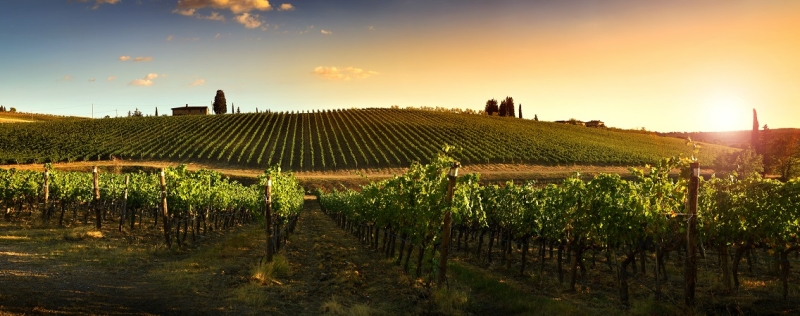
The popularity of enotourism as a way to spend an interesting and educational vacation is growing from year to year. Wine farms and vineyards are no longer closed ecosystems and are acquiring tourist infrastructure with tasting rooms, exhibition halls, shops, restaurants and hotels. A trip to explore the wine region and its traditions can be either a separate purpose of the trip or an excellent addition to a vacation at sea or exploring the country. In this article we will tell you about seven countries accessible to tourists, where you can get acquainted with the culture of wine production and consumption.
Serbia
The wine-making traditions of this state have a long history and are an integral part of Serbian culture. Today, there are more than three hundred farms operating in the country, and tourists happily take local wine home as a souvenir.
The wine capital of Serbia is the village of Aleksandrovac, which is located about an hour and a half drive from Belgrade. According to local research, references to vine cultivation in this region date back to the fifth millennium BC. Thanks to the special climate that formed here, viticulture has traditionally brought large harvests, and winemaking has developed over the centuries. The Aleksandrovac region is surrounded by mountains and fed by deep rivers – the Danube and the Great Morava. Every autumn, in honor of the harvest, the city organizes a holiday – Župska berba. On this day, the fountain in the shape of a large bunch of grapes, located in the center, is filled with wine, and everyone can drink it for free.
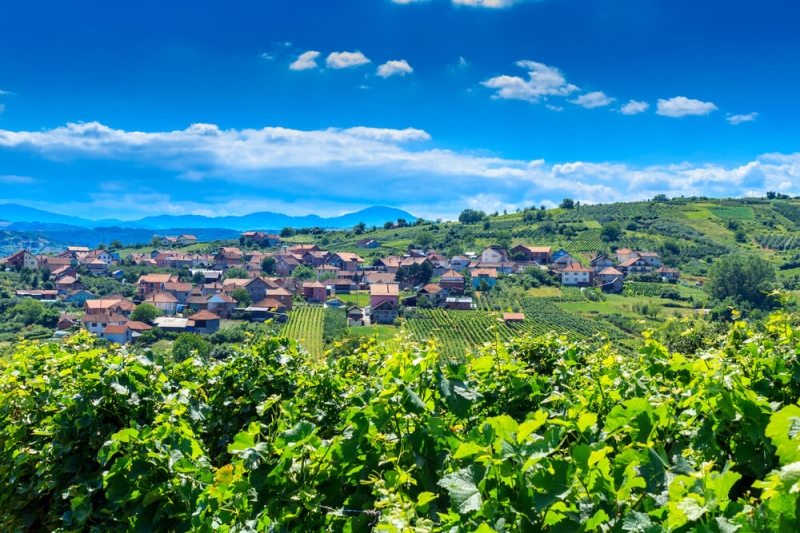
You can stay in Alexandrovac itself, for example, in the hostel Apartman u centru grada, the cost of accommodation here starts from 1,700 rubles* per night. And if you want something more private, choose a room in the Ethno Village Slatkovac guest house not far from the village. Here you can spend the night from 3,000 rubles*.
Croatia
Little is known about the wines of this country for one reason – it is rarely exported. Basically all reserves are distributed within the country. But the development of tourism has done its job: information about the richly flavored and aromatic drinks of this sunny region has nevertheless leaked out to the world. Nevertheless, it is best to study the peculiarities of winemaking, regions and varieties of Croatian wine on the terroir, that is, on the ground.
In the heart of the ancient Dalmatia region, not far from Sibenik, lies Baraka Winery, a boutique winery that was founded in 2005. On the rocky steep slopes of the Adriatic coast grow autochthonous (characteristic only for this area) grape varieties, from which the Baraka family handcrafts authentic Croatian wines. It is better to book a tour in advance by email or by phone listed on the winery’s website. During the tasting, the hosts will also offer the most aromatic olive oil and delicious cheese of their own production.
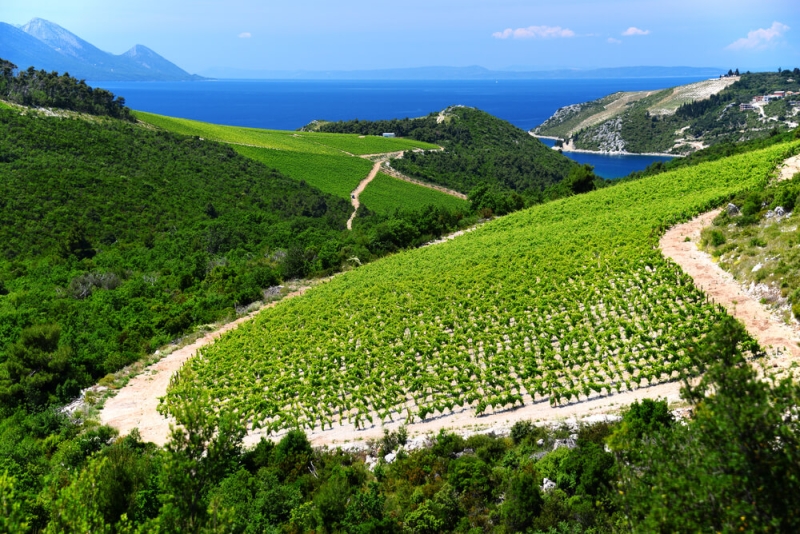
There are many hotels in Sibenik to suit every taste and budget. For example, you can stay at the view hotel D-Resort Šibenik. The cost of a night for two starts from 23,000 rubles*. There are also more modest options: a day in the nice Apartments Palma apartments will cost 4,700 rubles*.
Georgia
The viticultural traditions of Georgia deserve not just a separate article, but an entire multi-volume book. It is unlikely that there is another country in the post-Soviet space with which this drink will be the first gastronomic association. The list of farms in Georgia can be endless.
In Kakheti, the most grape-growing region of the country, on a mountain slope above the city of Telavi, the Chateau Mere winery is located. It was built in the style of the French province, but features bright Georgian details: a huge turquoise swimming pool and a kitschy Caucasian dining room. The winery offers stunning views of the Alazani Valley and adjacent mountain peaks, and the restaurant serves traditional Kakheti cuisine and home-made wine. You can start a test drive of local drinks with the king of Georgian wines – Saperavi.
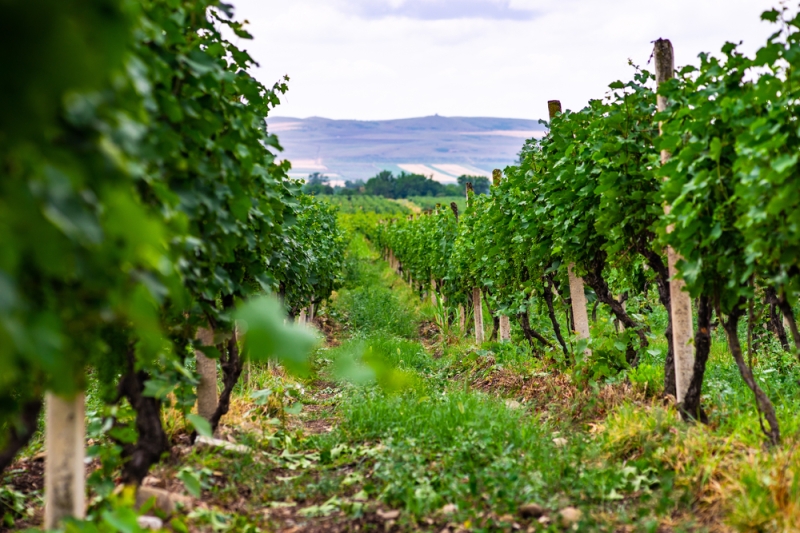
Chateau Mere also has its own guest house, where we recommend spending a couple of days. A night there costs from 7,000 rubles* for two. The winery is located not far from Telavi, so you can stay in the city itself. For example, a room in Dzveli Galavani will cost about 2,000 rubles*.
Armenia
When it comes to the traditional Armenian alcoholic drink, cognac always comes to mind first. Strong grape brandy is a real gastronomic brand of this Transcaucasian country. Much less is known to the general public about local wine – but in vain. This light grape drink has long been a part of Armenian culture and national pride. But unlike cognac, wine production has not become truly industrial, and only dozens of small family farms have retained their love for the vine.
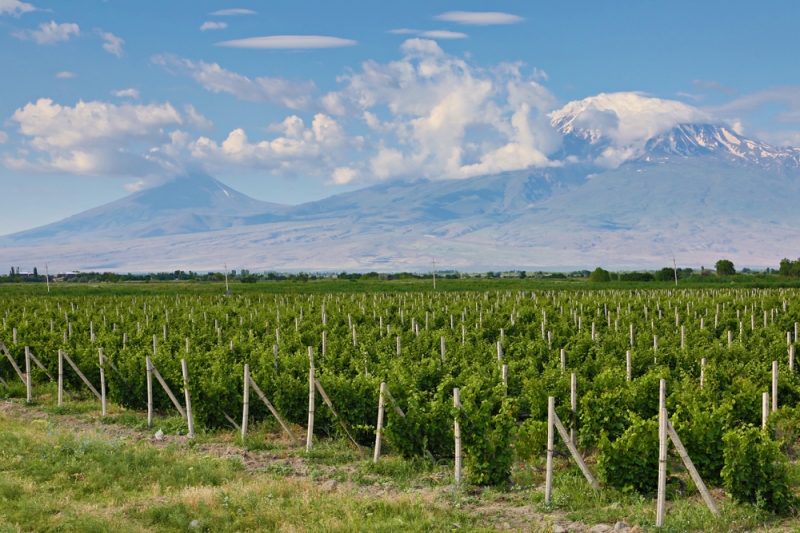
One of these places is the Voskeni winery, located not far from Yerevan. It was founded in 1925, and was reborn in 2008. Since then, vineyards have grown throughout the Ararat valley, and locally produced dry wines are served to the tables of ambassadors and prime ministers of many countries. At Voskeni you can book a tour with tasting and buy a couple of bottles as a souvenir.
Exploring the winery takes the whole day, so on the way back to Yerevan you can spend the night, for example, at the Kesabella Touristic House hotel. The cost of a double room starts from 2,800 rubles*. There are also more luxurious options closer to the center of Yerevan – a night at the Metropol Hotel will cost 4,000 rubles*.
France
No wine guide will neglect France. The diversity of varieties, regions and traditions in this state is such that enotourism has long become an integral part of the culture of the French themselves and is actively developing among guests of the country.
Regions such as Bordeaux and the Loire Valley have long been a wine mecca for travelers, with wineries there becoming tourist attractions. If you want something authentic and non-massive, you should go to the south of France. Almost on the border with Spain, where the sun shines more than 300 days a year, the family winery Mas Baux is located. Organic dessert wines with fruity notes and light, unfussy aromas are handcrafted here. The production is run by a charismatic couple of very passionate people. They personally conduct terroir tours and tastings.
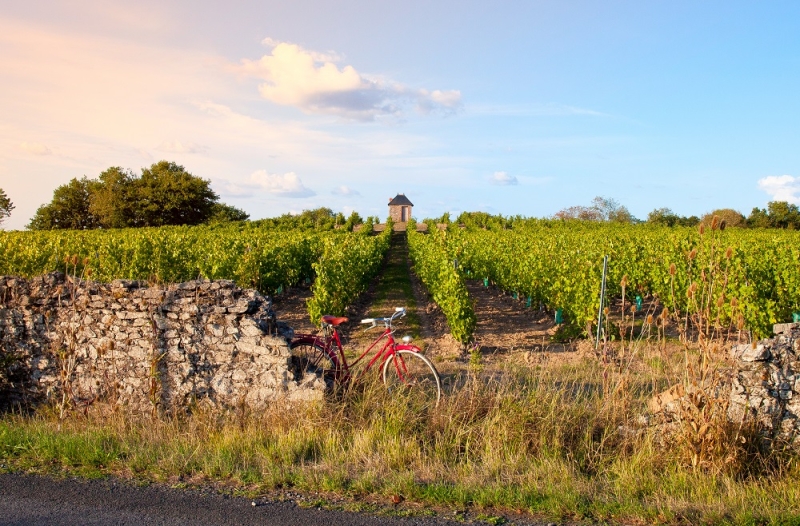
The city closest to the winery is Canet-en-Roussillon. Accommodation here can be booked directly on the coast. For example, spend the night at the Hôtel Mar I Cel & Spa (from 7,200 rubles*) or at the Hotel du Port near the local aquarium (from 9,200 rubles*). And in Hotel Aquarius, a little further from the first coastline, you can stay for 9,000 rubles*.
Italy
Another country without which an article about enotourism would be incomplete. Italians know a lot about wine itself and the culture of wine drinking, so they are ready to introduce any tourist to this. The Castiglion del Bosco winery is located in the town of Montalcino, in the famous Tuscany grape region. Since 2002, it has been owned by members of the influential Ferragamo family in the world of high fashion. Before this, the winery, whose history began back in 1100, was the property of the Santi family, no less famous in Italy.
In the production of Tuscan wines, including at the Bosco winery, mainly Sangiovese grapes are used, or, as they are called here, Brunello. On a tour of the terroir and the plant, visitors are told about the nuances of oxidation and fermentation of this variety to obtain a harmonious taste and light aroma. During the tasting, you will have the chance to independently evaluate the results of the winemakers’ work. There is also a club for wine lovers and those who are just getting acquainted with the culture of wine.
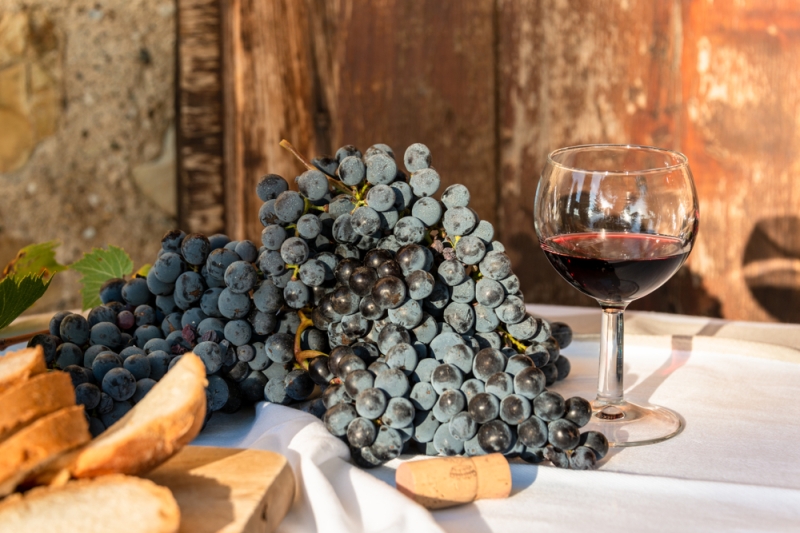
Montalcino is a small town, but thanks to the developed enotourism in the region, accommodation can be found here at any time of the year. A night at Hotel Ristorante al Brunello di Montalcino for two will cost 6,500 rubles*, and at Drogheria e Locanda Franci – 13,300 rubles*.
South Africa
Among influential families and world-famous fashion houses, purchasing your own winery as one of your businesses is considered good form. A striking example is the Delaire Graff Estate wine farm, owned by the famous Graff jewelry house. It is located near Stellenbosch, a city in the Western Cape Province of South Africa. It is not for nothing that Lawrence Graff chose this particular region: the culture of vine cultivation here began about five hundred years ago, it was brought by the first French and Dutch settlers.
The local climate is ideal for growing grapes, from which red and white wines with a rich, bright taste and light aroma are made. And the surrounding landscapes that tourists observe from tasting balconies outshine in their beauty any views from the wineries on our list. The fine wine production looks well-kept and rich, so a day spent here is much more than just an opportunity to sample a drink from a rare region: it is a chance to experience fine art, enjoy the views, visit Graff jewelry boutiques and relax at the local spa hotel.
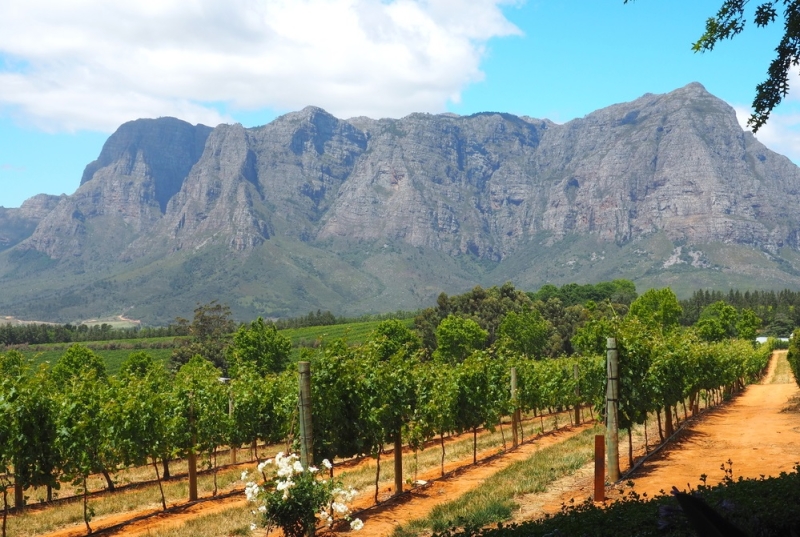
Stellenbosch is actually a suburb of Cape Town, with plenty of accommodation options. For example, a night in the Weltevreden Estate country house will cost 4,300 rubles*. And at the Delaire Graff Lodges and Spa, located on the wine farm itself, a room for two will cost about 53,200 rubles*.
*Prices valid at time of publication.

